Ribbon Candy Swamp Azalea (Rhododendron Viscosum) – 2 Gallon Pot
$52.85 Original price was: $52.85.$37.00Current price is: $37.00.
SKU: D2LSC 4581287568 Categories: Azaleas, SHRUBS & BUSHES
- Experience the difference quality makes.
- Buy with Peace of Mind
- Free Shipping, No Compromise on Quality
- High quality products, hassle-free returns.

Ribbon Candy Swamp Azalea
Rhododendron viscosum ‘Weston’s Ribbon Candy’ or Rhododendron ‘Ribbon Candy’
Other names: Clammy Azalea, Honeysuckle Azalea, Swamp Azalea
Plant Details
USDA Plant Hardiness Zones: 4a-8b (9?) Find Your Zone
Plant Type: Deciduous Flowering Shrub
Height at Maturity: 6-8′
Width at Maturity: 5-7′
Spacing: 4-5′ for solid hedges; 10’+ for space between plants
Flower Color: Pink w/ White Center Stripe
Flower Size: 1.5″
Flowering Period: Late Spring to Early Summer (depending on location)
Flower Type: Funnel, Star-shaped
Fragrant Flowers: Yes
Foliage Color: Blue-Green
Fragrant Foliage: No
Berries: No
Berry Color: NA
Sun Needs: Part to Mostly Shade, Dappled Shade, Morning Sun with Afternoon Shade, All Day Filtered Sun
Water Needs: Average
Soil Type: Clay (amend heavy clay soil to ensure good drainage), Loam, Sandy (amend quick draining soil to retain moisture), Silt
Soil Moisture / Drainage: Consistently Moist But Well Drained to Wet, but not in submerged or standing in water
Soil pH: 4.5 – 6.0 (Acid to Slightly Acid)
Maintenance / Care: Low
Attracts: Butterflies, Beneficial Pollinators, Hummingbirds, Visual Attention
Resistances: Cold Temperatures (-30F / Zone 4a-9b), Heat (Zone 9b), Humidity, Shade, Rabbits, Wet Soil
Description
An azalea that will grow in wet soil…surely not? Well, meet the Rhododendron viscosum, commonly known as Swamp Azalea, a North American native deciduous Rhododendron adored for its showy and wonderfully fragrant flowers, and its ability to thrive in moist to wet soils. In its native habitat it thrives in swamps, bogs, stream margins and wet lowlands from southwestern Maine to northeastern Ohio south to Florida and Alabama, and can even be found at higher elevations in the Appalachian Mountains. This is ‘Ribbon Candy’, a variety Bred and developed by Ed Mezitt of Weston Nurseries for high cold tolerance and hardiness to -30F. One of the last azaleas to flower in the season (May to July depending on location), Ribbon Candy features abundant clusters of striped dark pink and white buds that open to funnel-like, star-shaped, fragrant pink flowers with a “ribbon” of white striping the center of each petal. Each clove-scented flower is subtly splashed with a soft yellow blotch on the dorsal petal. Narrow, oval-shaped, dark green leaves through the warm season turn attractive shades of yellow, orange and purple with the arrival of cooler temperatures in fall. At 6 to 8 feet tall and 5 to 7 feet wide when all grown up, Ribbon Candy is a fine choice for partially shaded garden beds or in containers. As the name suggests, this one prefers life on the moist side, but doesn’t like standing water.
Landscape & Garden Uses
Growing 6 to 8 feet tall and 5 to 7 feet wide, the Ribbon Candy Swamp Azalea is ideal for use as a specimen, in groupings, or as a natural hedge in partially shaded landscape, woodland and mixed flowering borders. It also grows well in containers that can be situated on patios and around other outdoor living spaces where the pretty flowers and fragrance can be enjoyed from close up. In the wild, swamp azaleas are found in moist, partially shaded sites near stationary or moving water, but not standing in the water. A fine selection for fragrance gardens, cut flower gardens, Azalea gardens, woodland gardens, pink theme gardens, and cottage gardens.
Suggested Spacing: 4 to 5 feet apart for hedge or grouping; 10 feet or more for space between plants
Growing Preferences
The Swamp Azalea is easy to grow in an acidic, consistently moist to wet soil, though it won’t tolerate being submerged under standing water. Morning and evening sun are okay, but it prefers shade or well-filtered sun during the afternoon hours. That said, in cool-summer climates we’ve heard it will tolerate more sun in the afternoon. In average well-draining garden soil, this azalea likes to be mulched with wood or straw mulch to help prevent the soil from completely drying out. Native azaleas are very low maintenance and require little if any pruning. That said, occasionally we might prune a stray branch that is spoiling the natural form of the plant and snip off spent flower stems immediately after the bloom to encourage a fuller plant, but that’s up to you.
Helpful Articles
Click on the link below to find helpful advice from our experts on how to plant, prune, fertilize and water native azaleas.
How To Plant & Care For Native Azaleas
We are proud members of the ASA
Plant Long & Prosper!
Meet The Wilson Brothers & Staff
Questions? Contact Us
Be the first to review “Ribbon Candy Swamp Azalea (Rhododendron Viscosum) – 2 Gallon Pot” Cancel reply
Related products
Sale!
SHRUBS & BUSHES
Sale!
SHRUBS & BUSHES
Sale!
Boxwood
Sale!
SHRUBS & BUSHES
Sale!
SHRUBS & BUSHES
Sale!
SHRUBS & BUSHES
Sale!
Sale!
Hydrangeas












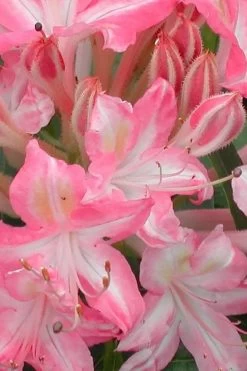
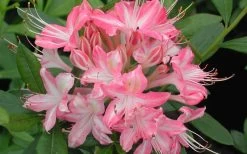

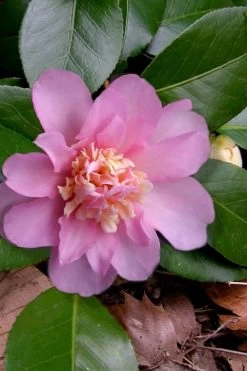
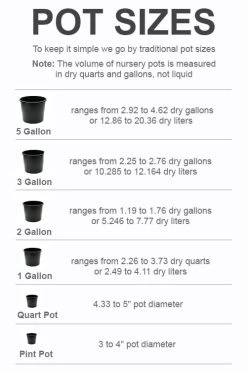
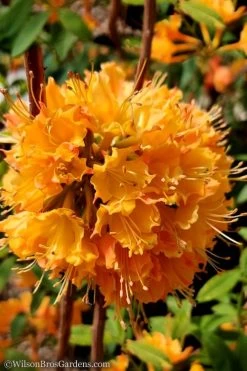

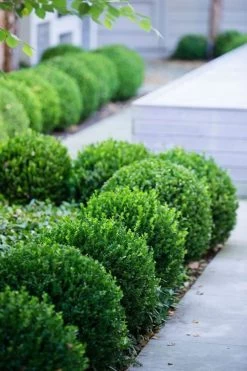

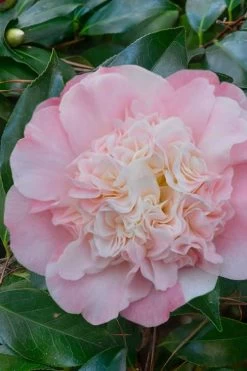


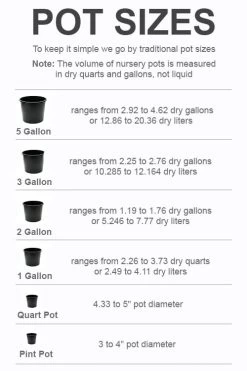

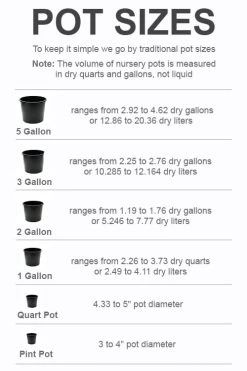
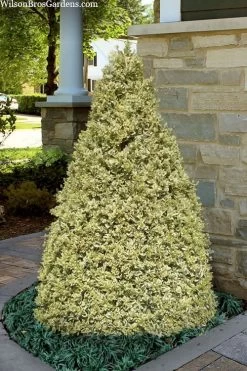

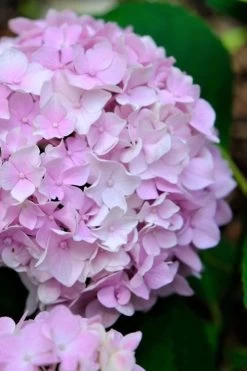

Reviews
There are no reviews yet.